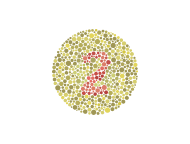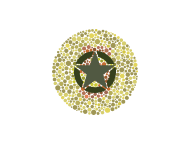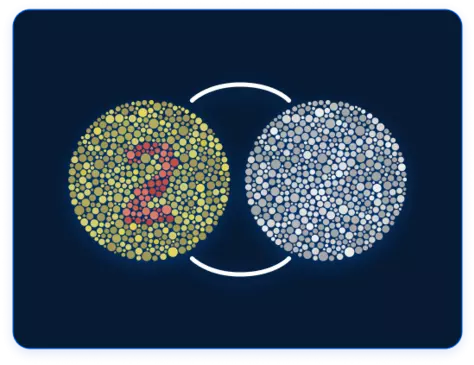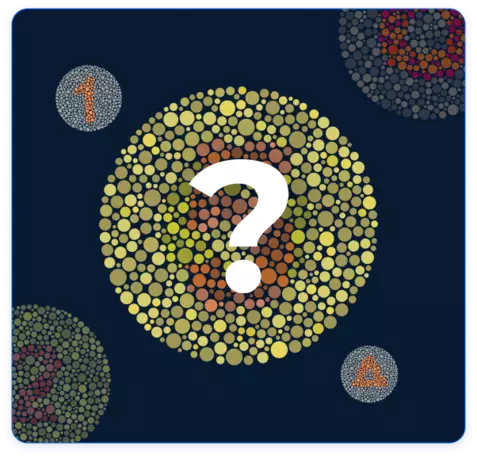Instructions to Follow Before Taking Test
To avoid inaccuracy in the test, follow instructions while doing the test for more efficiency and better accuracy. Failure to do so can lead to deviation from accurate results.
1. Keep Screen Brightness High
Before you start the test, set the brightness of the device to a high value. It will help you get more accurate results and improve the user experience. Also, disable any background applications or tools that affect the display color while performing the test.
2. Remove Eye Glasses
Taking the test while wearing eyeglasses can help generate irregular classifications, yielding deviation from the accurate information. Thus, it is more suitable to remove glasses before taking the test. Additionally, if you wear lenses, consider removing them, as they can cause disruptions.
3. Turn off Blue Light Filter
Ensure that any blue light filter applications, like the Night Shift, are off before starting the test if they are on by default or otherwise. Failure to do so can contribute to showcasing a "tritan" classification that will be inaccurate for most users. The device should not generate blue light filters of its own.





